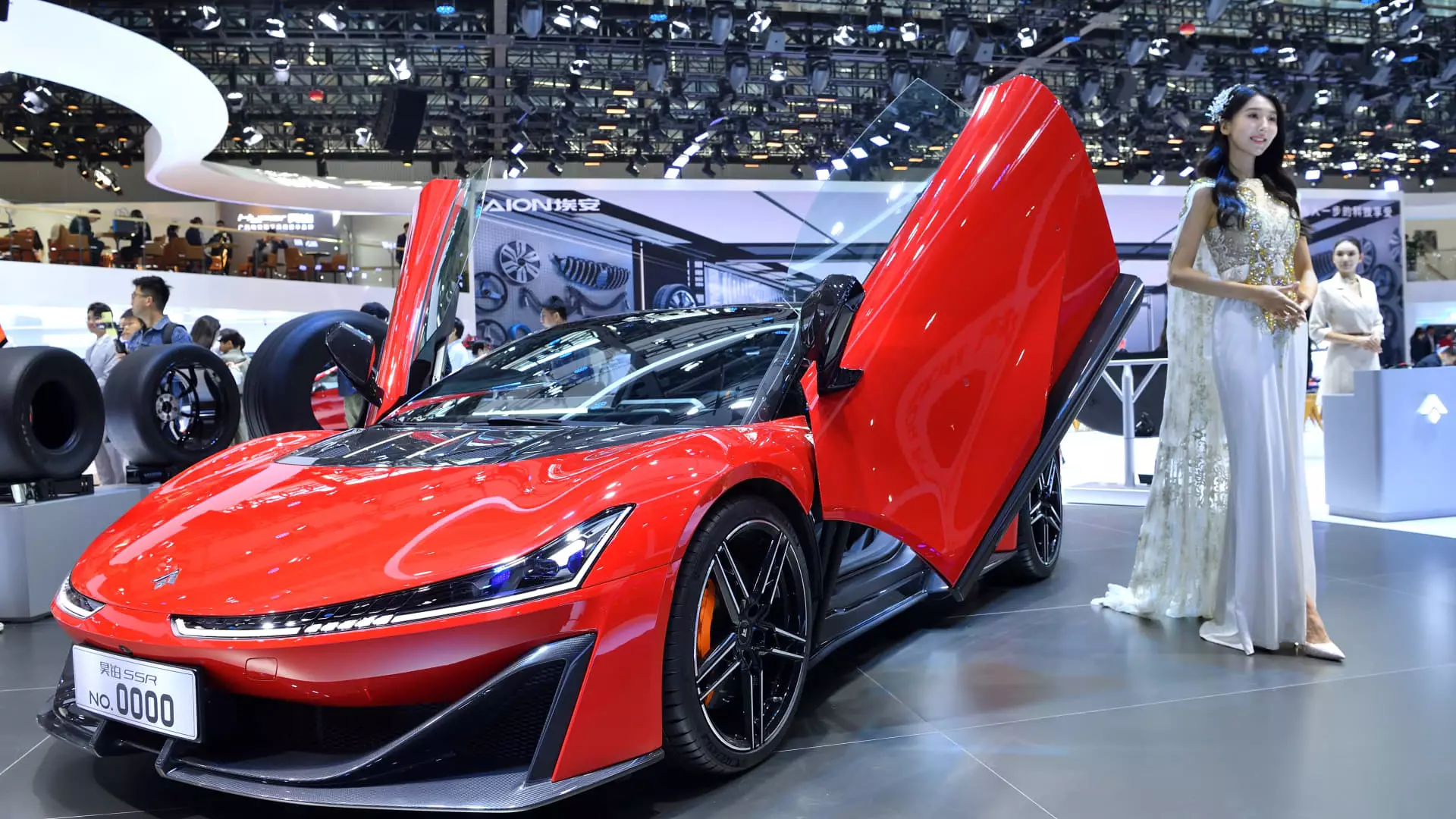Chinese automakers are projected to significantly increase their market share globally by the year 2030, aiming to reach 33% of the automotive market, as indicated in a recent report by AlixPartners. This growth is expected to be driven by expansion outside of China, with sales in international markets set to triple from 3 million units in 2021 to 9 million units in 2030. Such aggressive growth plans pose a significant threat to established automakers worldwide.
The rapid expansion of Chinese automakers has raised concerns among legacy automakers and policymakers globally. The fear is that the influx of lower-cost vehicles from China could flood the markets and undermine the competitiveness of locally produced models, particularly in the electric vehicle (EV) segment. This trend could potentially disrupt the industry landscape and pose challenges for existing players in the market.
While Chinese automakers are expected to expand their presence in various global markets, including Central and South America, Southeast Asia, the Middle East, and Africa, some regions may present challenges. For instance, the report forecasts a relatively limited growth in Japan and North America, primarily due to stringent safety standards and trade barriers, such as a 100% tariff on imported Chinese EVs in the United States. Despite these obstacles, Chinese brands are anticipated to penetrate markets where they were previously underrepresented.
Chinese automakers are able to achieve rapid growth and competitive advantages due to their cost-effective production strategies, localized manufacturing processes, and technologically advanced vehicles tailored to consumer preferences. The report highlights that Chinese automakers operate with a 35% cost advantage in comparison to their global counterparts, enabling them to offer innovative products at competitive prices. Their ability to swiftly design and bring new vehicles to market, in half the time taken by legacy automakers, underscores their agility and efficiency in meeting evolving consumer demands.
The rise of Chinese automakers poses a significant challenge to traditional automakers who may find themselves at risk of obsolescence if they fail to adapt to the changing market dynamics. In order to compete effectively with Chinese counterparts, legacy automakers must reevaluate their business strategies, accelerate product development cycles, and adopt a more agile approach to innovation. Failure to pivot towards a more tech-enabled and consumer-centric model may result in traditional automakers losing market share and relevance in the evolving automotive industry landscape.
The global expansion of Chinese automakers represents both a threat and an opportunity for the automotive industry. While their rapid growth and cost competitiveness pose challenges to established players, the technological advancements and consumer-centric approach of Chinese brands also offer valuable lessons for traditional automakers. Adapting to the changing market dynamics and embracing innovation will be crucial for automakers to remain competitive and relevant in an increasingly dynamic and disruptive industry.


Leave a Reply